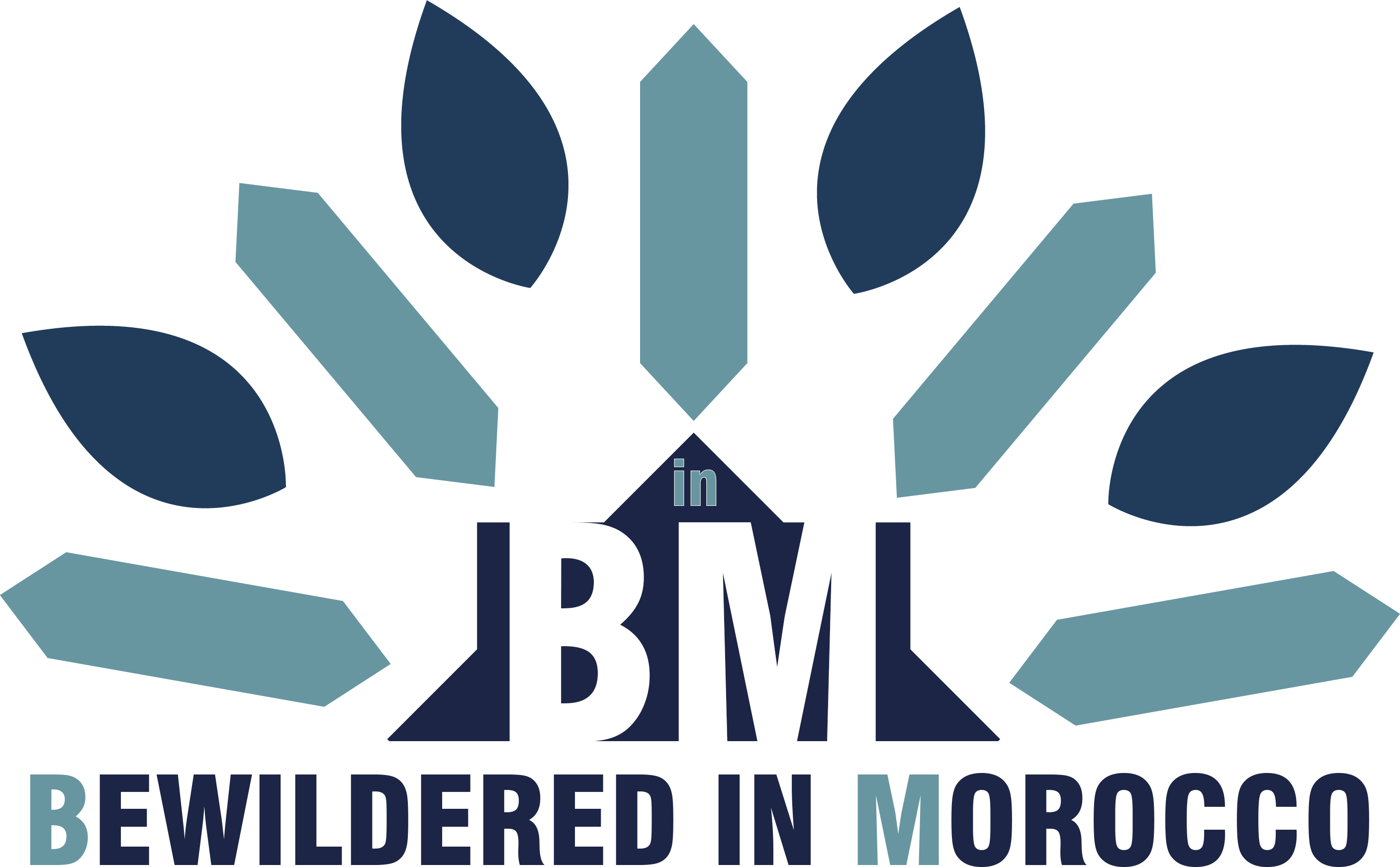Last week, I made the drive from Casablanca to explore a town I'd been hearing whispers about—Azemmour Morocco. What I discovered was nothing short of magical. This small coastal town, just 80 kilometers from Casablanca and 15 from El Jadida, holds secrets that most travelers never uncover.
Walking through Azemmour's ancient medina felt like stepping back centuries. The Portuguese fortifications stood proudly against the Atlantic winds, and narrow alleyways revealed treasures at every turn. By the end of my visit, I understood why locals compare this place to Chefchaouen—it has that same authentic charm, but without the tourist crowds.
The Portuguese Legacy Lives On
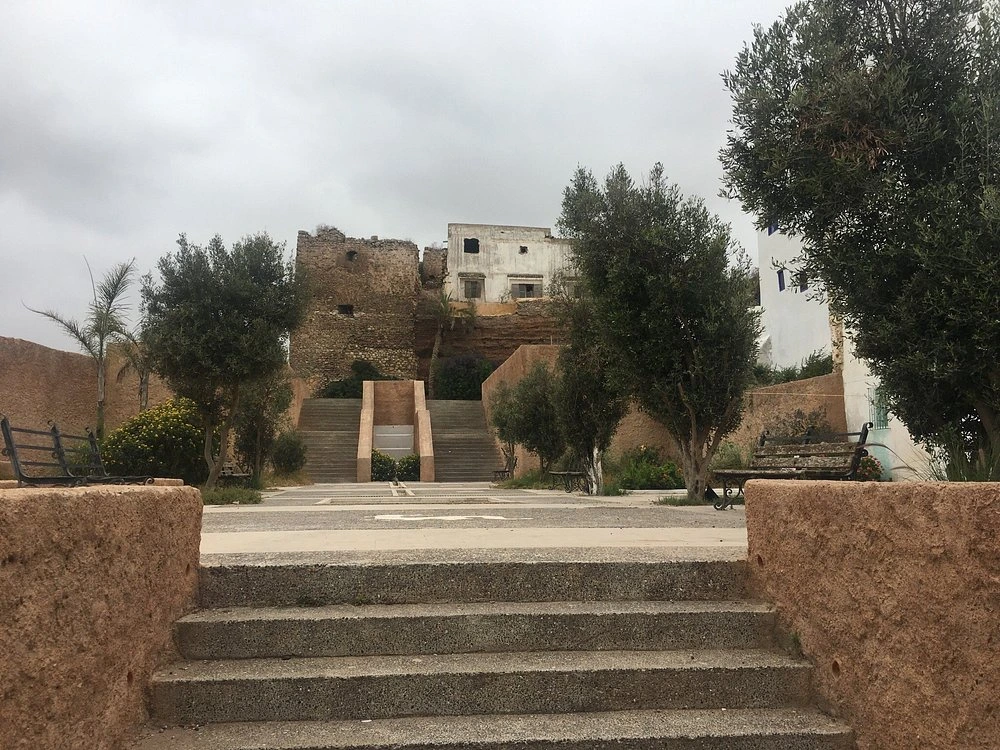
Azemmour Morocco carries the unmistakable mark of Portuguese occupation. The massive stone walls surrounding the old medina tell stories of 16th-century battles and trade routes. These aren't just ruins—they're living history.
The Portuguese ramparts stretch along the Oum Er-Rbia River, creating dramatic views that photographers dream about. I spent an hour just walking these ancient walls, imagining the Portuguese soldiers who once patrolled here. The fortifications are so well-preserved that you can still see the strategic positions where cannons once protected the harbor.
What struck me most was how the Portuguese architecture blends seamlessly with traditional Moroccan designs. The arched doorways show clear European influence, while the decorative elements remain distinctly Moroccan. It's this cultural fusion that makes Azemmour so special.
Wandering Through Time in the Medina
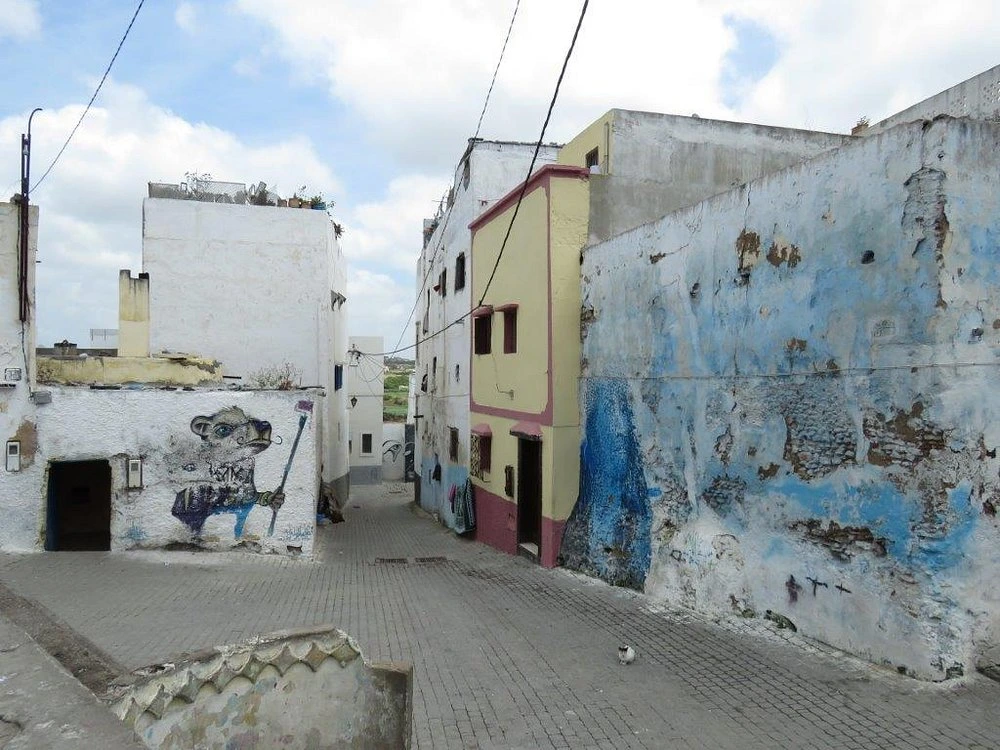
Bab Sidi El Makhfi: Gateway to History
Entering through Bab Sidi El Makhfi (the Hidden Saint's Gate), I felt the weight of centuries. This ancient entrance, with its carved wooden doors and stone archways, has welcomed travelers for hundreds of years. The intricate stonework around the gate shows the craftsmanship that Moroccan builders are famous for.
The gate's name comes from a local saint, and you'll notice how locals still show respect when passing through. It's these small cultural details that make Azemmour Morocco so authentic compared to more touristy destinations.
Traditional Bakeries: Where Time Stands Still
One of my favorite discoveries was meeting Saeed, who runs a traditional bakery that's been in his family for generations. His father worked in this same space, and now Saeed continues the tradition in a building that's over 100 years old.
The bread oven (called a "fourran" in local dialect) operates exactly as it did decades ago. Saeed showed me how locals bring their own dough to be baked in the communal oven—a tradition that keeps the community connected. The smell of fresh bread mixed with wood smoke creates an atmosphere you simply can't find in modern bakeries.
What impressed me was Saeed's dedication to preserving this heritage. "We must protect these old ways," he told me, gesturing to the colorful tiles he's painted on the walls. His small bakery has become an unofficial museum of traditional bread-making.
The Mellah: Stories Written in Stone
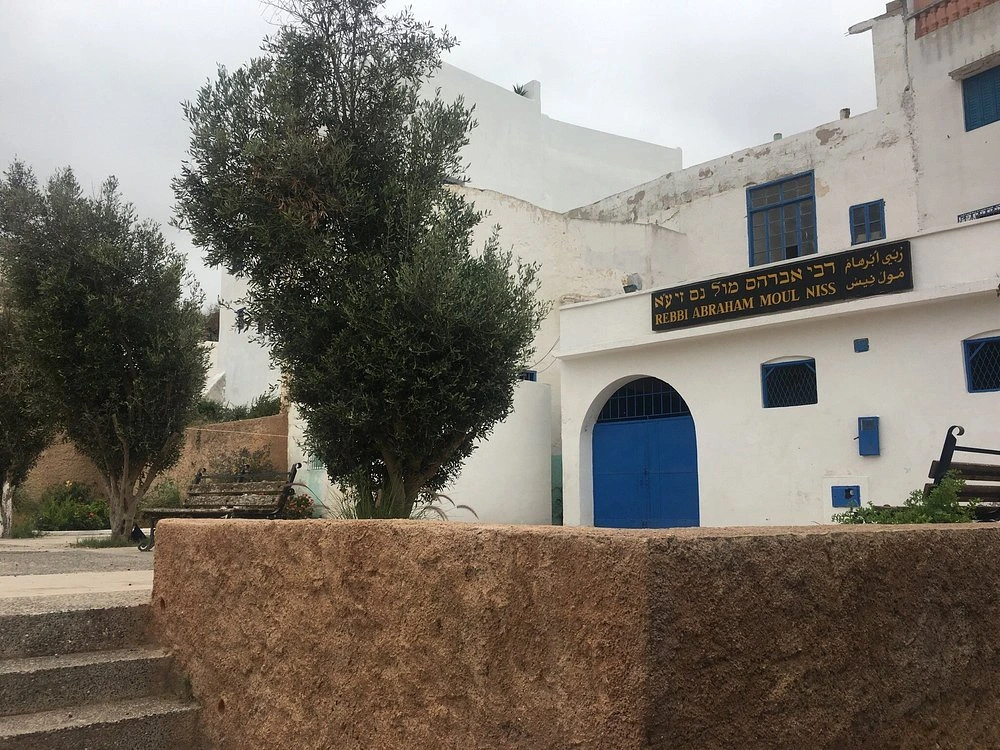
Jewish Heritage in Morocco's Heart
Azemmour Morocco was once home to a thriving Jewish community, and their legacy remains visible throughout the old mellah (Jewish quarter). Walking through these narrow streets, I found Hebrew inscriptions still carved into stone walls, including the name "Abraham Moulines" etched above an old doorway.
The Star of David symbols scattered throughout the quarter remind visitors of the multicultural history that shaped this town. Many houses in the mellah stand empty now, their owners having emigrated decades ago, but the architecture tells their story.
These abandoned buildings, while sad to see, offer a glimpse into how different communities lived side by side in Morocco. The synagogue buildings, though no longer in use, maintain their distinctive architectural features.
Preservation Challenges and Opportunities
Many buildings in the mellah need urgent restoration. I saw beautiful arched doorways and traditional riads crumbling from neglect. With proper investment, these structures could be transformed into cultural centers or boutique accommodations while preserving their historical significance.
Local authorities are beginning to recognize this potential. Azemmour Morocco has all the ingredients to become a major cultural tourism destination—it just needs the same attention that places like Fez and Marrakech receive.
River Life on the Oum Er-Rbia
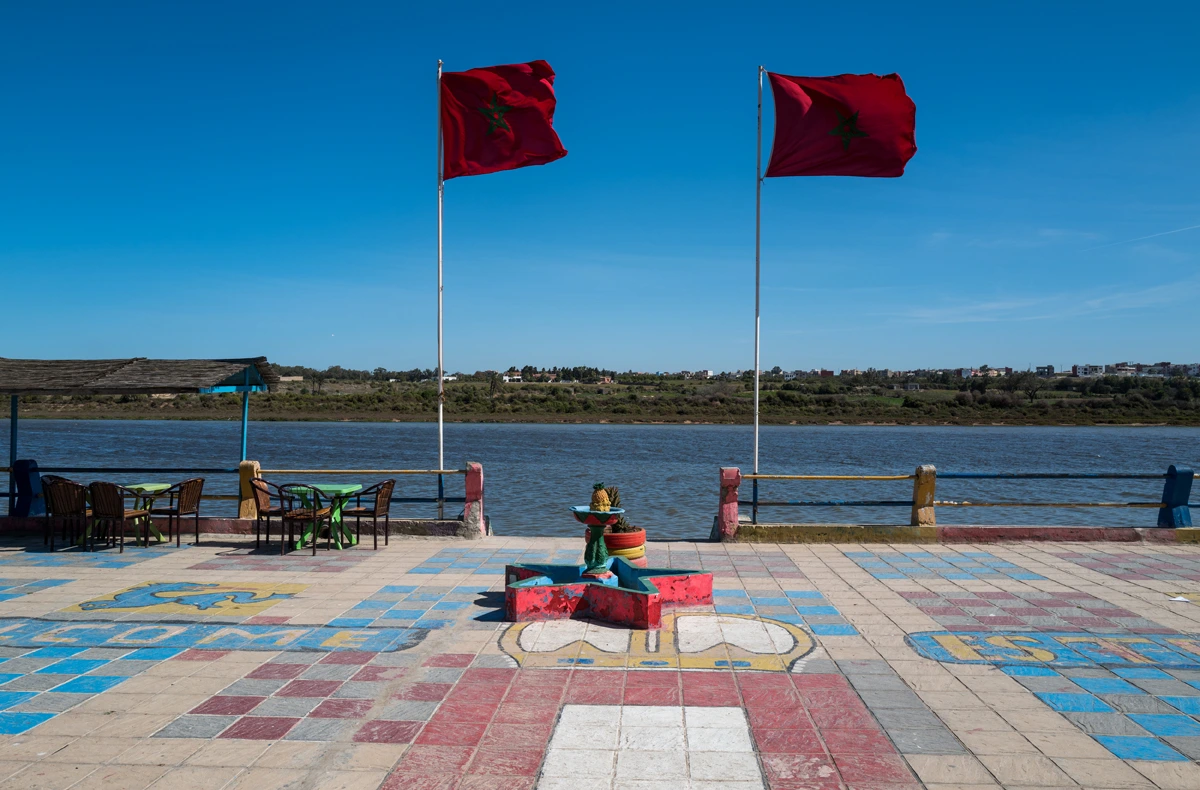
Boat Tours and Riverside Cafés
The Oum Er-Rbia River flows from the Middle Atlas mountains through Azemmour before meeting the Atlantic. This river connection gives the town a unique character among Morocco's imperial cities.
Small traditional boats (called "feloukas") offer tours along the river for 50 dirhams per person, or 80 dirhams for motorized excursions. For those wanting to explore the coast, maritime trips cost 150 dirhams. These boat rides provide stunning views of the Portuguese fortifications from the water—a perspective few visitors experience.
Riverside cafés have sprung up along the riverbank, offering perfect spots to enjoy mint tea while watching the boats pass by. The cafés built inside the old Portuguese walls provide particularly atmospheric settings for relaxation.
Ancient Bridges and Modern Views
The stone bridges crossing the Oum Er-Rbia connect old Azemmour with the new town. From these vantage points, you can see how the historic medina contrasts with modern developments on the opposite bank.
During my visit, I noticed locals using the riverbank for various activities—some fishing, others simply enjoying the peaceful atmosphere. The river brings life to the town in a way that's both practical and beautiful.
Architectural Treasures Around Every Corner

Mosques and Sacred Spaces
Azemmour Morocco contains several historic mosques that showcase traditional Moroccan religious architecture. The minarets rising above the medina walls create a distinctive skyline that's particularly beautiful at sunset.
One mosque I discovered had been sealed for years, with its ancient wooden doors locked and weathered by time. These closed religious buildings add to the medina's mysterious atmosphere, though they also highlight the need for preservation efforts.
The Art of Decay and Beauty
What fascinated me most was how beautifully the old buildings are aging. Crumbling walls reveal layers of history—original stone construction, Portuguese modifications, and Moroccan additions all visible in cross-section.
Street artists have begun adding colorful murals to some walls, creating an interesting dialogue between ancient architecture and contemporary expression. This blend of old and new gives Azemmour Morocco a unique character that's both historic and alive.
Practical Information for Visitors
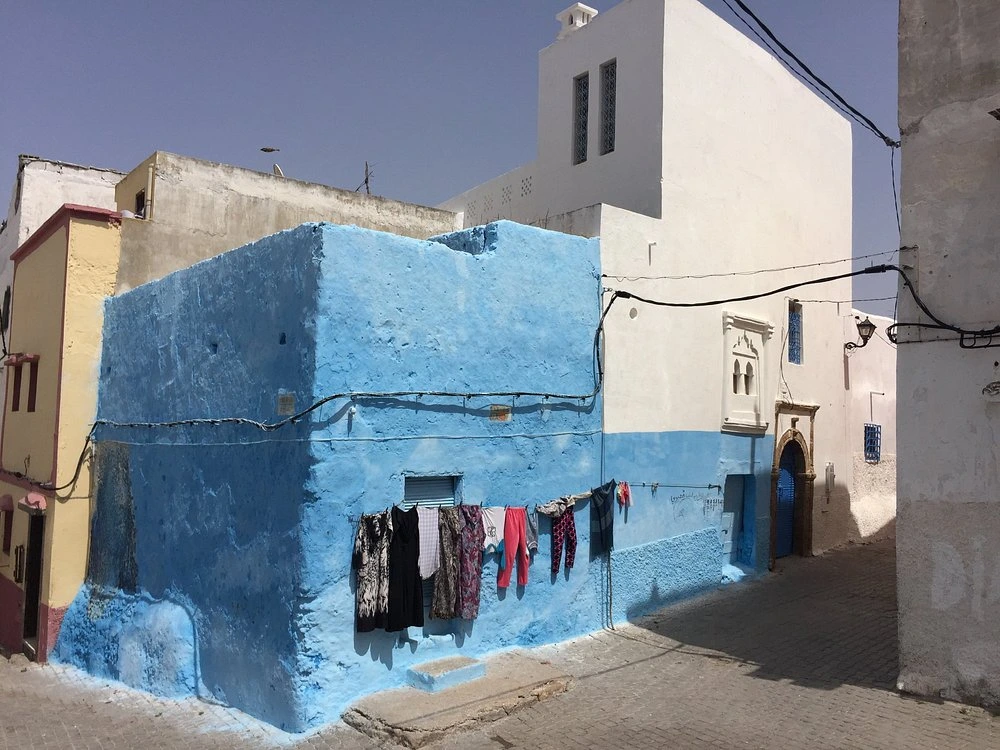
Getting to Azemmour
Azemmour Morocco sits conveniently between major cities. From Casablanca, the drive takes about 1.5 hours via the coastal highway. If you're visiting El Jadida, Azemmour makes an easy 20-minute detour.
Public transportation connects Azemmour to both Casablanca and El Jadida, though having a car gives you more flexibility to explore the surrounding area.
Best Times to Visit
I visited during spring, and the weather was perfect for walking the medina's narrow streets. Summer can be quite hot, while winter brings Atlantic storms that create dramatic seascapes around the Portuguese walls.
Early morning offers the best light for photography, especially along the river. The medina comes alive around mid-morning when shops open and locals begin their daily routines.
Where to Stay and Eat
Accommodation options in Azemmour Morocco remain limited, which helps preserve its authentic atmosphere. Several riads in the medina offer traditional stays, though booking ahead is essential.
For dining, the riverside cafés provide excellent tajines and fresh fish. Don't miss trying bread from one of the traditional bakeries—it's still baked the same way it was centuries ago.
Why Azemmour Deserves Your Attention
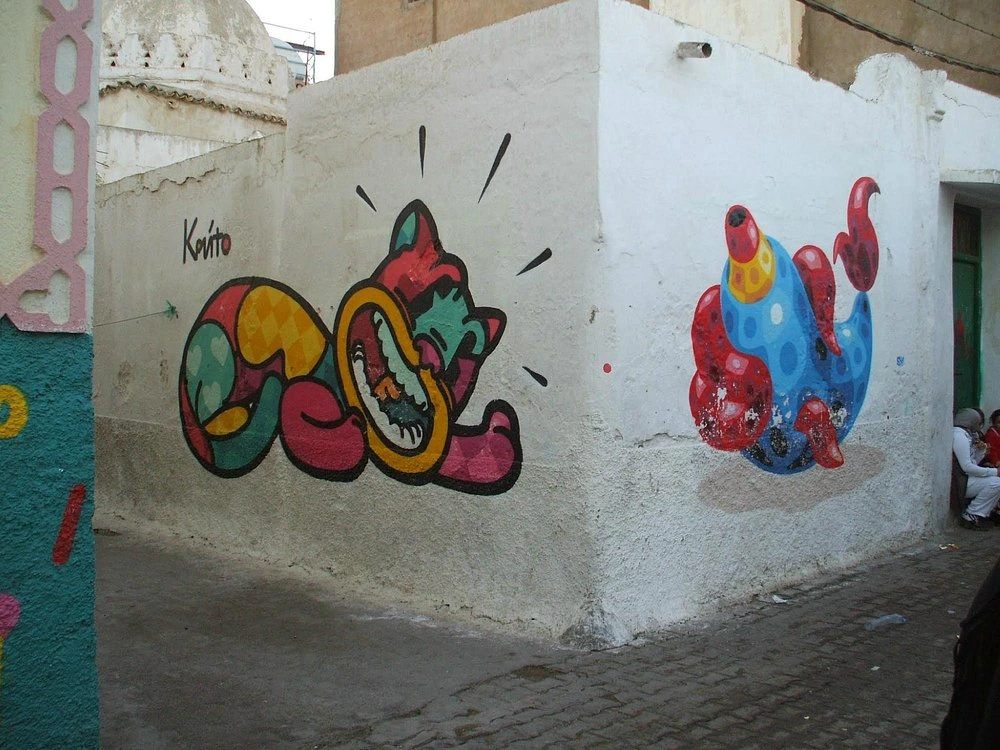
After exploring Morocco's famous destinations, I can honestly say that Azemmour Morocco offers something special. It has the architectural beauty of Fez, the coastal charm of Essaouira, and the authentic atmosphere that's becoming harder to find in Morocco's popular tourist cities.
The town needs more attention from both visitors and preservation organizations. With proper care, Azemmour could become one of Morocco's premier cultural destinations while maintaining the intimate character that makes it so appealing.
What struck me most was how locals take pride in their town's history. From Saeed in his family bakery to the guides offering river tours, everyone I met was eager to share Azemmour's stories.
If you're looking for authentic Morocco without the crowds, Azemmour Morocco should be on your list. Just remember to travel responsibly—this hidden gem deserves to be protected for future generations to discover.
